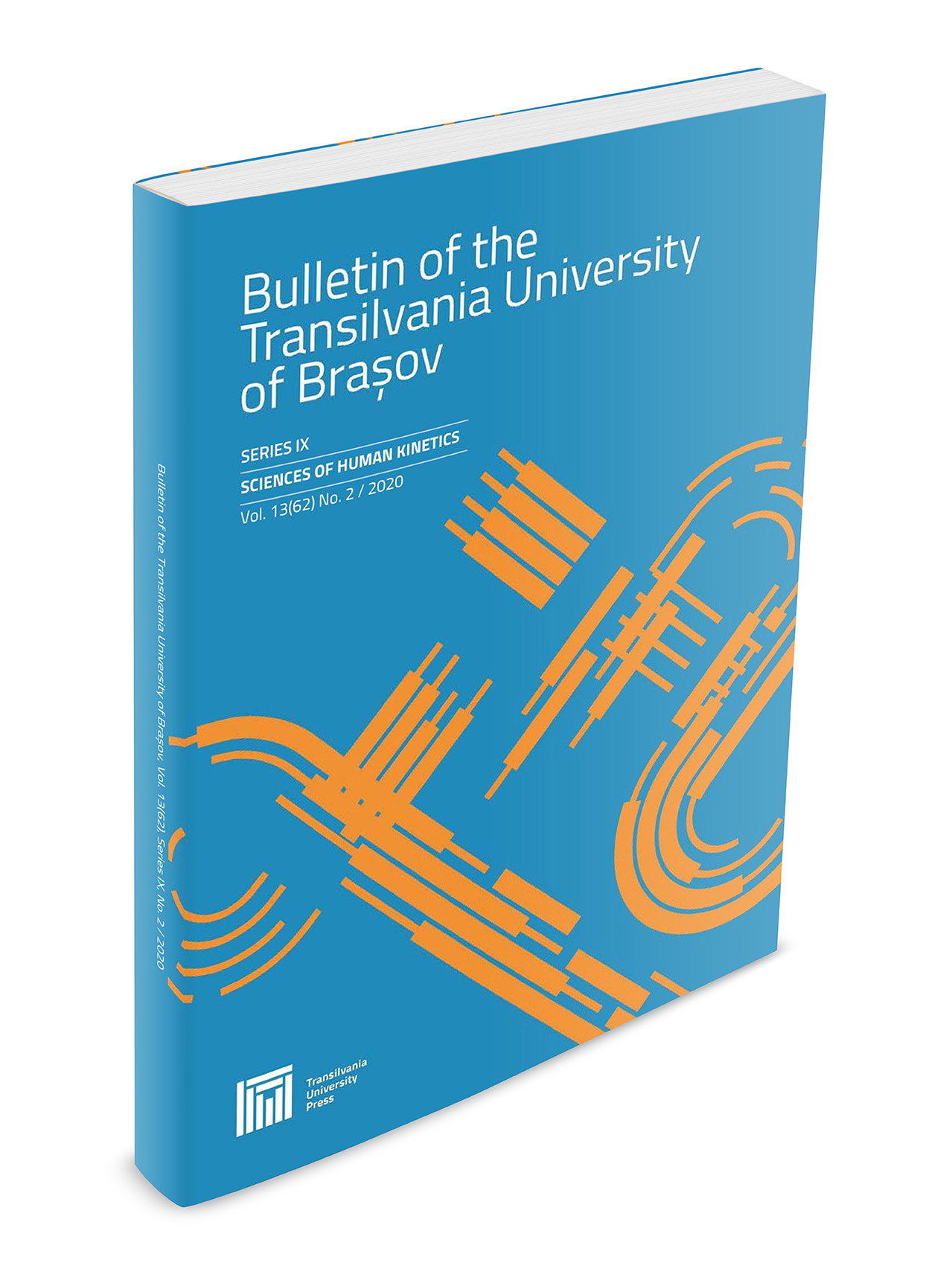Theoretical and Practical Dimensions of Motor Imagery Applied for Hurdles, Pole Vault and Throwing Events
Keywords:
psycho – neuromuscular, PETTLEP model, imagery training, athletic eventsAbstract
This study aims to describe the applicability of imagery in hurdlers, vaults and throwing races based on literature analysing. Researchers have developed over time a theoretical optimum approach for coaches who want to create an imagery script for athletes during warm-up routine, training and before competitions. In addition, the athlete’s ability to view the range of movements in hurdlers races and accuracy in pole vault involves imagery models while neuromuscular psychological theory can be seen as the engine of connection between nerve cells and musculature. PETTLEP model incorporates components (physical, environmental, task, time, learning, emotion, perspective) to highlight the psychomotor adaptation of athletes. Studies on motor imagery associated to recovery after muscle injuries revealed that athletes must have a positive attitude to overcome injuries. Coaches can create imagery scripts that can develop athlete's ability to acquire new motor skills.Downloads
Published
Issue
Section
License
Copyright (c) 2017 Bulletin of the Transilvania University of Braşov. Series IX: Sciences of Human Kinetics

This work is licensed under a Creative Commons Attribution 4.0 International License.





